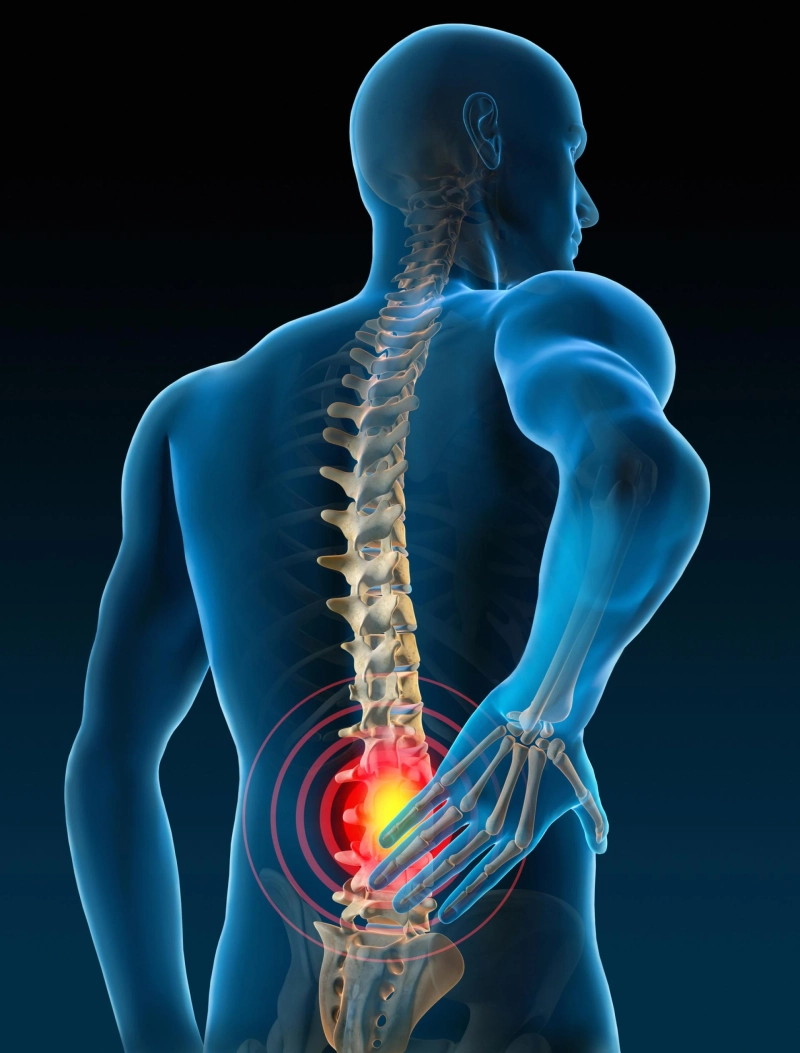Chronic pain is an enigma for both pain doctors and their patients: difficult to understand (as everyone’s pain is different), challenging to treat effectively, and frustrating to live with. Desperate patients sometimes turn to drastic and irreversible surgical procedures, like amputating nerves to relieve pain, and unfortunately even those procedures may fail to provide the hoped-for results. Fortunately there have been great strides in research related to pain perception and our nervous system’s reaction to various pain treatments, and we’ve been able to develop novel devices that provide many people with much-needed relief and improve their quality of life.
What is neuromodulation?The International Neuromodulation Society defines therapeutic neuromodulation as “the alteration of nerve activity through targeted delivery of a stimulus, such as electrical stimulation or chemical agents, to specific neurological sites in the body.” Dr. Norman Shealy, a neurosurgeon, implanted the first device for the relief of intractable pain in 1967, and his work ushered in a new era for chronic pain management.
Similar to the way a cardiac pacemaker corrects abnormal heartbeats, neuromodulation therapies help to re-establish normal function of the nervous system. One of the most common examples of neuromodulation is the use of spinal cord stimulation (SCS) for chronic pain management. SCS consists of a very thin lead (or wire) that is placed in the space just outside the spinal cord (known as the epidural space). The lead is attached to a small generator device that is implanted under the skin and subcutaneous layer in the back or buttock. The devices will deliver frequent, low-voltage electrical impulses to the spine, with subsequent modulation of the pain signals in transit to the brain. Those impulses often feel like a gentle tingling or buzzing (which is called paresthesia) on the body. There has been significant advancement in the hardware and the technology since the first model was placed, and patients report better pain control with less feeling of vibrations.
Another form of neuromodulation is the intrathecal pump, which is a device designed to deliver a desired medication directly into the spinal fluid surrounding the spinal cord. This technique allows a drug to be administered in much smaller doses, because it does not have to be metabolized through other body systems before reaching the target area. Smaller doses — in the range of 1/300 of an oral dose — can mean fewer side effects, increased patient comfort, and improved quality of life. The device consists of a small plastic tube called a catheter, which is placed in the intrathecal space of the spine and is connected to the pump; a space inside the pump called the reservoir
» Read More

